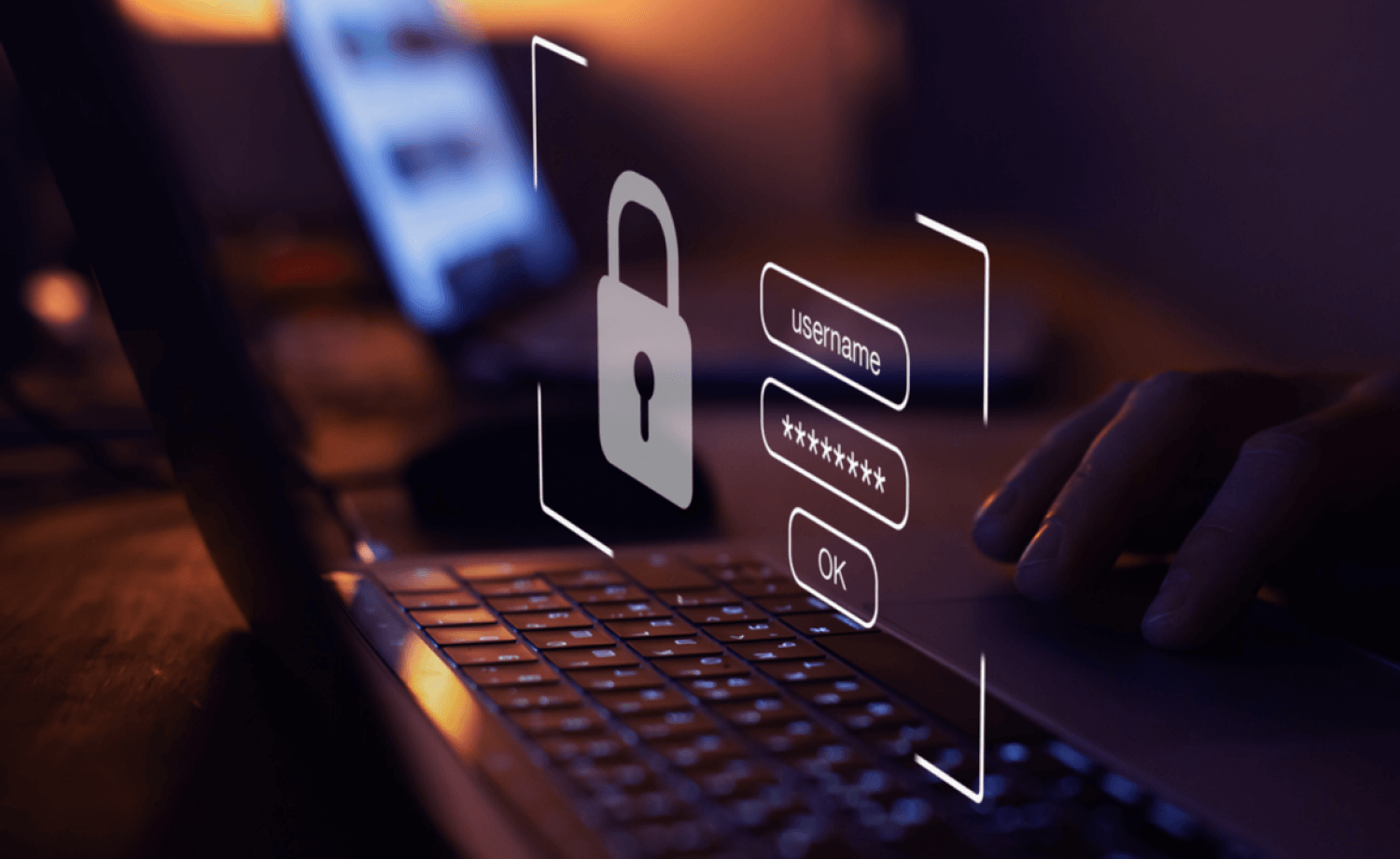Constant technological evolution pushes cybersecurity to evolve at the same pace. Every new technology can be used as an online security threat in some capacity when in the wrong hands. Additionally, as offensive-defensive strategies and tech innovations are so interdependent, the complexity in the nature of cyberattacks, and the volume of attacks have increased.

Data security is now more important than ever, and simply updating existing security solutions and redefining safety protocols is not enough to protect your virtual assets. Instead, bolstering your data safety using advanced technologies will make your security team’s job easier.
Artificial intelligence and machine learning technologies have clearly proved to be a significant improvement across several industries, and cybersecurity is not any different. In the case of cybersecurity, AI reduces response times and security costs drastically and instantly, while providing a higher accuracy for detecting breaches and making cybersecurity a lot more efficient. According to reports, over 70% of companies believe that AI is indispensable to cybersecurity.
Challenges and Promises of Artificial Intelligence in Cybersecurity:
While security experts believe AI is the future of the industry, it does come with its own problems which perhaps are not acknowledged. As much as artificial intelligence can add a layer of security to your organization, cybercriminals can also use the same tech to their advantage.
AI can efficiently analyze user behavior, deduce a pattern, and identify any irregularities in the network. This level of information makes it easier to identify cyber vulnerabilities quickly. Contrarily, the responsibilities which are now dependent on human intelligence will then be susceptible to malicious cyber programs imitating legitimate AI-based algorithms. Several organizations are rushing to sell their AI/ML-based security solution, while completely overlooking the fact that these algorithms are creating a false sense of security.
“Supervised learning” is another idea that isn’t entirely safe. Under this, the security algorithms label data sets (as malware, safe/clean data, redundancies, and so on) according to their results and treat the data in those sets accordingly. Cybercriminals can alter these tags if they can access them. Also, routine tasks relying on AI can be manipulated by advanced hacking campaigns through the use of machine learning.
Despite AI being a security threat to companies, AI automation will enable organizations to identify recurring incidents and even remedy them. It can also handle insider threats and device management in some cases.
Present-Day Cybersecurity and its Future with AI:
Today’s companies are more than mindful of just how much of an impact even a small-scale cyber attack can have, be it in terms of monetary loss, damage to brand reputation, or the time and resources required to fix the issue. This is why organizations use several layers to secure their network, starting from a firewall that can control and filter the network traffic, followed by antivirus software and tools that scan the system to identify and eliminate any malicious codes and files. Additionally, businesses run regular backups and security audits as a part of a disaster management and recovery plan.
All of these layers currently depend extensively on human assistance, but this might not be the case in the future. Organizations will be able to monitor and respond to security incidents, thanks to AI-based advanced tools. Future firewalls will have in-built machine learning technology that can automatically identify and block any pattern that is flagged as a potential threat.
Improved Cybersecurity with AI and Machine Learning (ML)
Complicated hacking techniques such as obfuscation and polymorphism make identifying malicious programs a challenging task. Besides, there is a shortage of security engineers who specialize in specific domains. With AI stepping into cybersecurity, experts and researchers are trying to harness its potential to identify and counteract sophisticated cyber-attacks without any supervision. AI networks and machine learning, a subset of AI, have enabled security professionals to learn about new attack vectors.
Machine learning in cybersecurity goes beyond applying algorithms and can be used to analyze cyber threats better and respond to security incidents. Here are some of the major benefits of deploying AI in cybersecurity:
- It detects malicious activities and stops cyber attacks
- AI analyzes mobile endpoints for cyber threats
- It improves end-to-end human analysis: from malicious attack detection to endpoint protection
- It can be used to automate routine security tasks
- With AI, there are no zero-day vulnerabilities
Major companies have in fact already implemented AI-powered solutions to strengthen their security infrastructure, significantly improving cybersecurity:
- Gmail uses machine learning to block over 100 million spams per day.
- IBM’s Watson cognitive training uses machine learning to detect cyber threats.
- Google is using Deep Learning AI on its Cloud Video Intelligence platform to analyze the videos stored on the server in terms of their content and context. The AI algorithms send security alerts whenever something suspicious is found
- Balbix platform uses AI-powered risk predictions to protect the IT infrastructure against data and security breaches.
Short, cybersecurity is important, and AI makes the job easier on all ends. If your organization is looking for ways to protect itself against security threats, look no further. At CodeGlo, we offer all-round security services for your website, cloud infrastructure, mobile apps, and data. We cover every aspect of security from audits and compliance testing to monitoring and reporting. Talk to us now!







